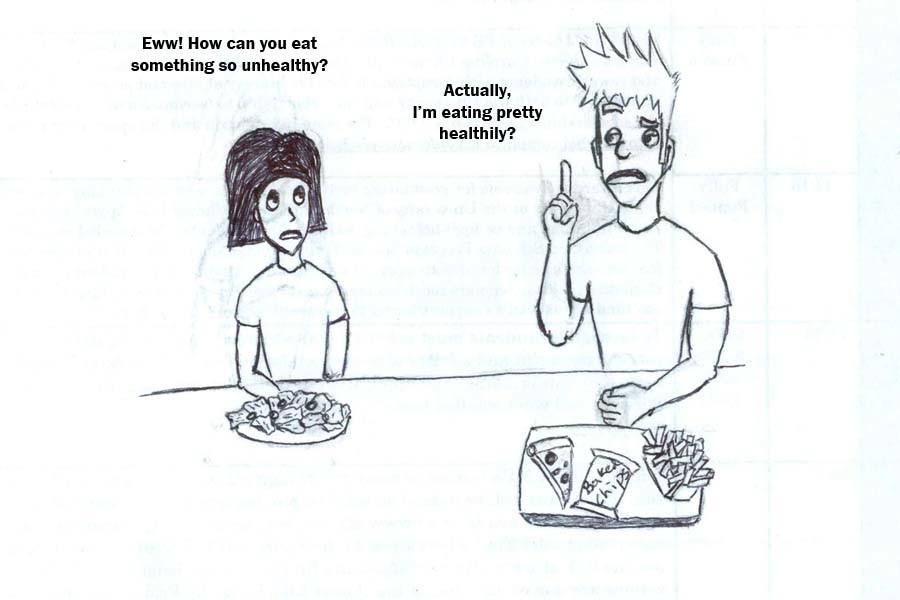School lunches are becoming healthier across the U.S.
November 17, 2015
There is a secret about school lunches in the U.S. What might this secret be? It’s that school lunches are actually getting healthier.
According to The New York Times, since higher government standards went into effect in 2012, school lunches in the U.S. have improved in their overall healthiness.
In the Aug. 27 article “School Lunches Becoming Healthier, Statistics Indicate,” the author Sabrina Tavernise states that “Nearly 80 percent of schools offered two or more vegetables per meal in 2014.”
Tavernise also writes that 78 percent of schools offer two or more fruits as well. Both these numbers have significantly increased since 2000. The percent of schools who served multiple fruits and vegetables were below 70 percent.
But other than adding vegetables, how are cafeteria managers making lunch choices healthier for WCPSS students?
“We use a wheat bread, less sugar. We do a stricter calorie count,” said Ashley Butler, assistant manager of the cafeteria. “Even the snacks that we sell: baked chips instead of fried.”
These items are also all the ones that students buy the most.
“I usually get like pizza, chips and a drink like water or Gatorade,” freshman Ross Genetti said.
Other students still have a negative outlook on cafeteria food.
“For lunch I usually get pizza just because the actual food that they have is disgusting,” sophomore Edy Argueta said.
“I’ve never bought lunch, but from what I’ve seen it doesn’t look appetizing,” junior Gillian Fleming said.
Despite how these students feel, the food is still healthier. Even the Little Caesar’s pizza is strictly regulated in order to meet the school system’s guidelines.
“Everything is proportioned on it. There is a certain amount of sauce, a certain amount of cheese, a certain amount of meat,” Butler said.
There are issues, though, with the new food.
Margo Wootan is director of nutrition policy at the Center for Science in the Public Interest based out of Washington D.C. She recognizes that students often throw away the healthier food, but Wootan also believes that this is a problem that happens everywhere and that it has “even improved slightly since the new rules took effect.”
Wootan said, “The improvement to school foods in the last three years is much more than had been done in the last three decades.”



